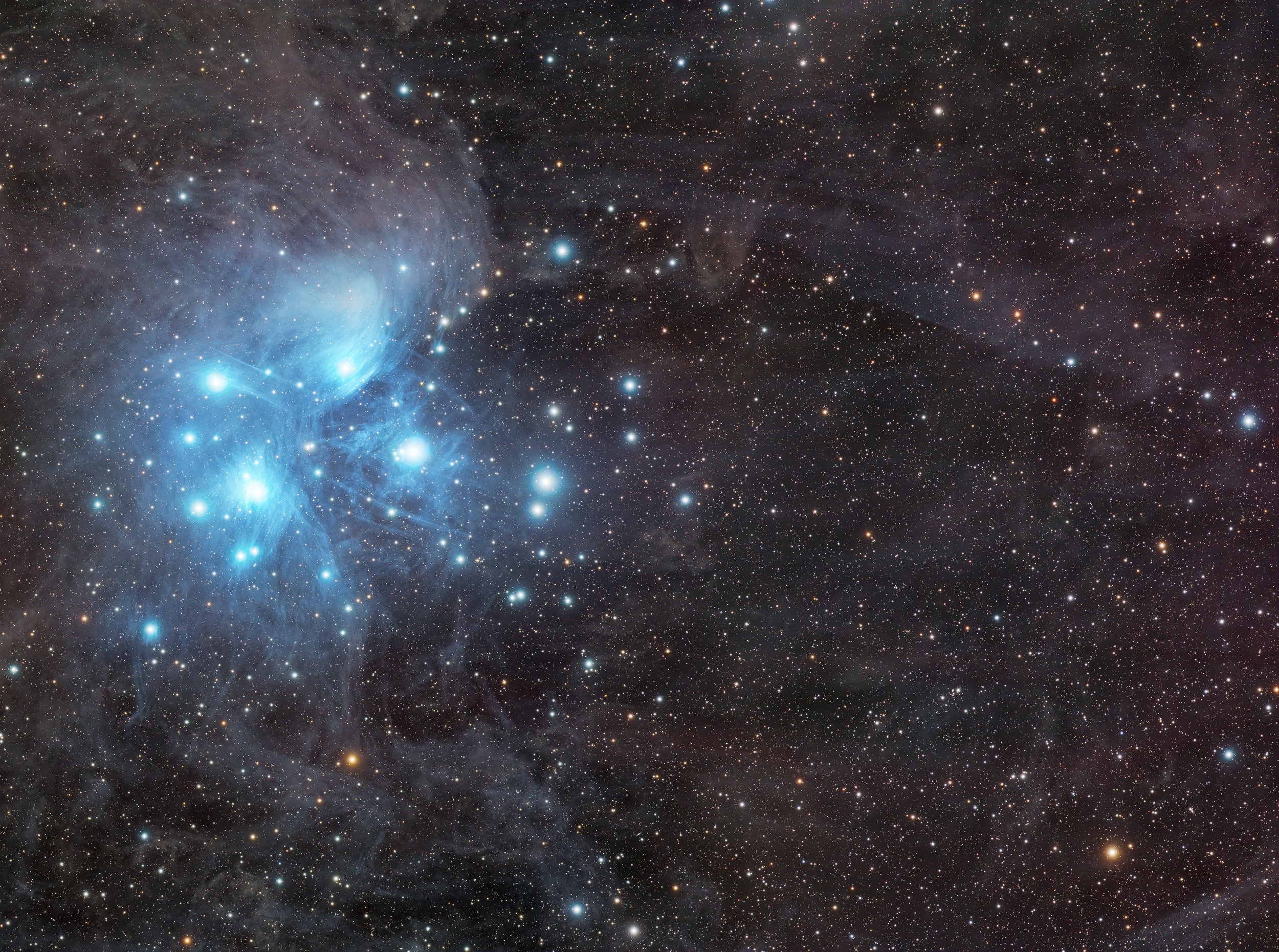
DEEP-SKY PHOTOGRAPHY
Deep sky photography is a specialized branch of astrophotography focused on capturing distant celestial objects beyond our solar system. These targets include galaxies, nebulae, star clusters, and other deep space phenomena that reveal the beauty and complexity of the universe. This form of photography allows us to peer into the cosmos, unveiling details invisible to the naked eye.
Unlike nightscape photography, deep sky photography requires more advanced equipment and techniques to capture the faint light of distant objects. A telescope or a telephoto lens with a high focal length, a tracking mount to counteract Earth’s rotation, and a camera capable of long-exposure imaging are essential tools. Patience and post-processing skills are also critical, as many deep sky images are composites of multiple exposures.
Deep sky photography invites us to uncover the mysteries of the universe, turning faint glimmers of light into breathtaking portraits of cosmic wonders.
Deep-sky photography often features:
Galaxies: From the grand spiral arms of Andromeda to the distant beauty of the Sombrero Galaxy, galaxies showcase the scale and diversity of the universe.
Nebulae: Stellar nurseries like the Orion Nebula or remnants of supernovae such as the Crab Nebula highlight the dynamic processes of star formation and death.
Star Clusters: Whether it’s the densely packed globular clusters or the bright, scattered open clusters like the Pleiades, these groupings of stars provide stunning photographic subjects.
Featured Video
Astrophotography might seem like a hobby reserved for professionals with expensive gear, but the truth is, capturing the wonders of the deep sky is more accessible than ever! In this video, I’ll explain the 8 different types of deep sky objects that that you can capture—even from your backyard.
What You’ll Learn: The difference between broadband and narrowband imaging and when to use them. How to effectively capture reflection nebulae, galaxies, and star clusters. The secrets behind dark nebulae, emission nebulae, and supernova remnants. Why small telescopes are powerful tools for revealing the hidden beauty of the cosmos.
Key Highlights: Examples of targets like the Witch Head Nebula, Andromeda Galaxy, and Double Cluster. Tips for overcoming light pollution and getting the most out of your imaging sessions. Insights into the vast scale of the universe and how astrophotography lets us uncover its hidden treasures.
Deep-sky photography demands:
Precision Equipment: A reliable equatorial mount, guiding systems, and a telescope or lens optimized for astrophotography.
Long Exposures: Techniques like stacking and integrating multiple images help to enhance signal-to-noise ratio and bring out faint details.
Post-Processing Expertise: Tools like Photoshop, PixInsight, or Lightroom are essential to refine the data and highlight the intricate structures of deep sky objects.
Deep sky photography is both a challenge and a reward, offering the chance to capture some of the universe’s most awe-inspiring sights and share them with others.







